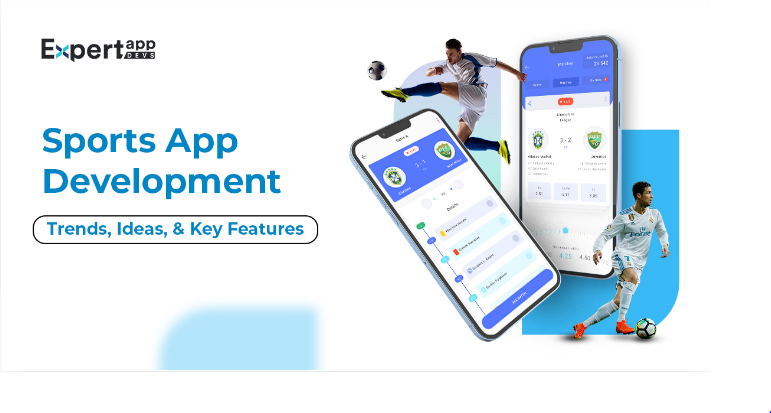The Rise of Sports Software Solutions Development
Sports once relied just on gut feeling, along with endless practice. Today, they run on technology instead. Creating software for athletics has sparked a quiet shift behind the scenes of top leagues, competitions, while reshaping how teams train.
Each action, each throw, each dash tracked, studied, fine-tuned. Software isn’t just helping sports these days; it’s changing how players prepare, how supporters get involved, and how coaches react in tight moments. I’ve seen local teams go pro fast once they started using tailor-made data tools. That’s what happens when solid programming meets actual game understanding.
What Defines a Great Sports Software Solution
Every setup’s different. Sports apps might log athlete performance, run squads, deal with tickets, or test out play tactics. Coders in this space usually craft custom tools, made to fit one sport or group’s exact demands.
Imagine a basketball app counting how often you hit your shots over tons of games, or a soccer system guessing when players get tired by reading data from fitness trackers. A local running group might just want an app to set meetups, whereas a national sports body needs athlete records stored online and updated no matter the hour. Everything depends on the situation.
The Technology That Drives It All
Today’s sports apps rely on powerful tech under the hood. With machine learning, teams can spot when players might hit their best – or get hurt. Devices like fitness bands, digital sensors, and networked video gear grab live stats during games. Once captured, those numbers shoot up to the cloud, where they’re sorted fast enough for trainers to act before the next move unfolds.
My analysts say teams using tailored sports software see better choices and fewer mistakes in their first year – no exaggeration, just accurate planning meeting real effort.
Yet there’s also the human angle. Coders need to grasp how sports talk works, not only programming rules. Even the best formula fails if a trainer can’t apply it during a game. That’s why clean, straightforward design weighs just as heavily as the system running behind it.
Why Every Sports Business Is Investing in Software
Money chases results, while results today come from data. Whether it’s local clubs or massive pro teams, all are putting funds into building sports software tools.
Custom software lets teams handle logistics, track key numbers, or open fresh income paths. Fan apps boost interaction using real-time alerts instead of static content. Training systems reveal patterns hidden in biometric readings. The cycle keeps going, better data means stronger outcomes, broader audience, so higher profits.
A couple years ago, just the biggest teams could get their hands on gear like this. Now, even amateur squads are getting custom setups. Costs differ – basic pieces might cost less than $25k, whereas full-scale solutions can go over $500k – yet benefits down the line usually beat the initial price tag.
Looking Ahead: The Future of Sports Software
The coming ten years will stretch limits even more – likely bringing AI helpers for refs, fan areas boosted by AR, or training camps set up in mixed reality. Instead of waiting, teams might rely on smart systems that forecast injuries. Right now, the data wave isn’t pausing – it’s gaining speed.
Sports software isn’t just nice to have anymore – it’s what keeps things running now. Teams dragging their feet on using it might get left in the dust. People who move forward will be the ones understanding both the game and the gadgets – not just skill, but clever gear working together.


